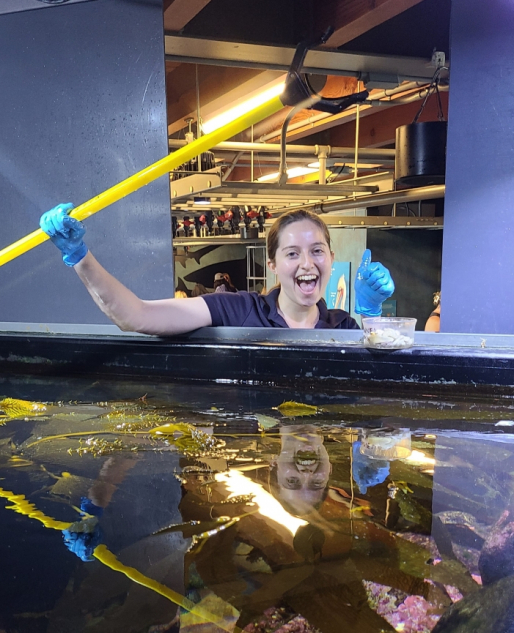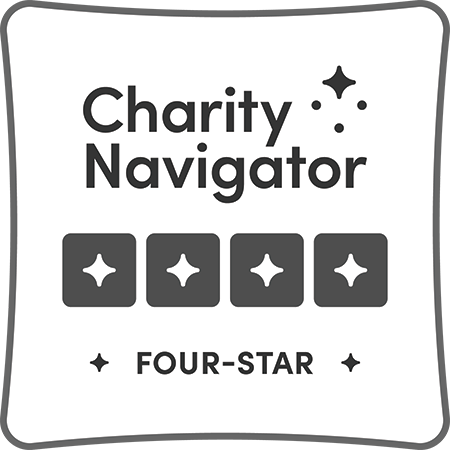SBMNH Curator Completes Legacy of Literature in Final Volume of Bivalve Bible
Santa Barbara Museum of Natural History Curator Emeritus of Malacology Paul Valentich-Scott has just published Bivalve Seashells of Western South America, the third and final volume in a comprehensive series that is the authoritative guide to known bivalves of the western coast of the Americas.
Bivalves—aquatic mollusks like oysters, clams, mussels, and scallops—rarely play a starring role in spectacular nature documentaries, but they do play important roles in nature, often as filter feeders that clean water by eating microscopic plants and detritus. Many of these species are also of crucial economic importance to aquaculture. As human impacts in the oceans increase, it’s critical that we have a basic grasp of the biodiversity our actions are already undermining. The latest book publication from the Santa Barbara Museum of Natural History’s curatorial staff is an important step in this direction.
Like previous volumes in the series, Bivalve Seashells of Western South America is the product of collaboration with Valentich-Scott’s longtime coauthor SBMNH Research Associate Eugene V. Coan, Ph.D. For this volume, the two were joined by Diego G. Zelaya, Ph.D., a researcher at the University of Buenos Aires in Argentina. Many of the book’s thousands of color photographs were taken by SBMNH Invertebrate Zoology Collection Manager Vanessa Delnavaz, M.A.
In their extensive research, the team drew not only on scientific literature, but on specimens in museums around the world and marine labs in Peru and Chile. Of the 255 species described in the final volume alone, two are definitely new to science, and 16 more are potentially new species proposed with provisional names. Across all three volumes, the coauthors have described dozens of new species along with over 1,500 previously known in the region. Knowing what species are present in an area is a foundational step in understanding their ecological roles, which is essential to inform conservation policies that steward resources for future generations.
This final volume is “the end of a long journey,” says Valentich-Scott. “We started this project in the late 1980s.” Decades later, they have finally documented bivalves all the way from Arctic Alaska to Southern Chile. Earlier volumes have provided important support for the ongoing expansion of scientific knowledge of bivalves: “The previous two volumes have been cited in the scientific literature over 2,000 times in peer-reviewed journals and books,” reports Valentich-Scott.
“This is the first time a comprehensive guide to the bivalves has been completed for such a large part of our globe,” Valentich-Scott says with well-deserved pride. “It’s a major accomplishment for our moderate-sized natural history museum and demonstrates how important preserving biodiversity is to our mission.”
The book will soon be available in the Museum Store, both onsite and online at sbnaturestore.org.
About the Santa Barbara Museum of Natural History
Powered by Science. Inspired by Nature. Founded in 1916, the Santa Barbara Museum of Natural History is a private, 501(c)3 nonprofit organization with a mission to inspire a thirst for discovery and a passion for the natural world. The Museum seeks to connect people to nature for the betterment of both, and prides itself on being naturally different. For more information, visit sbnature.org.


